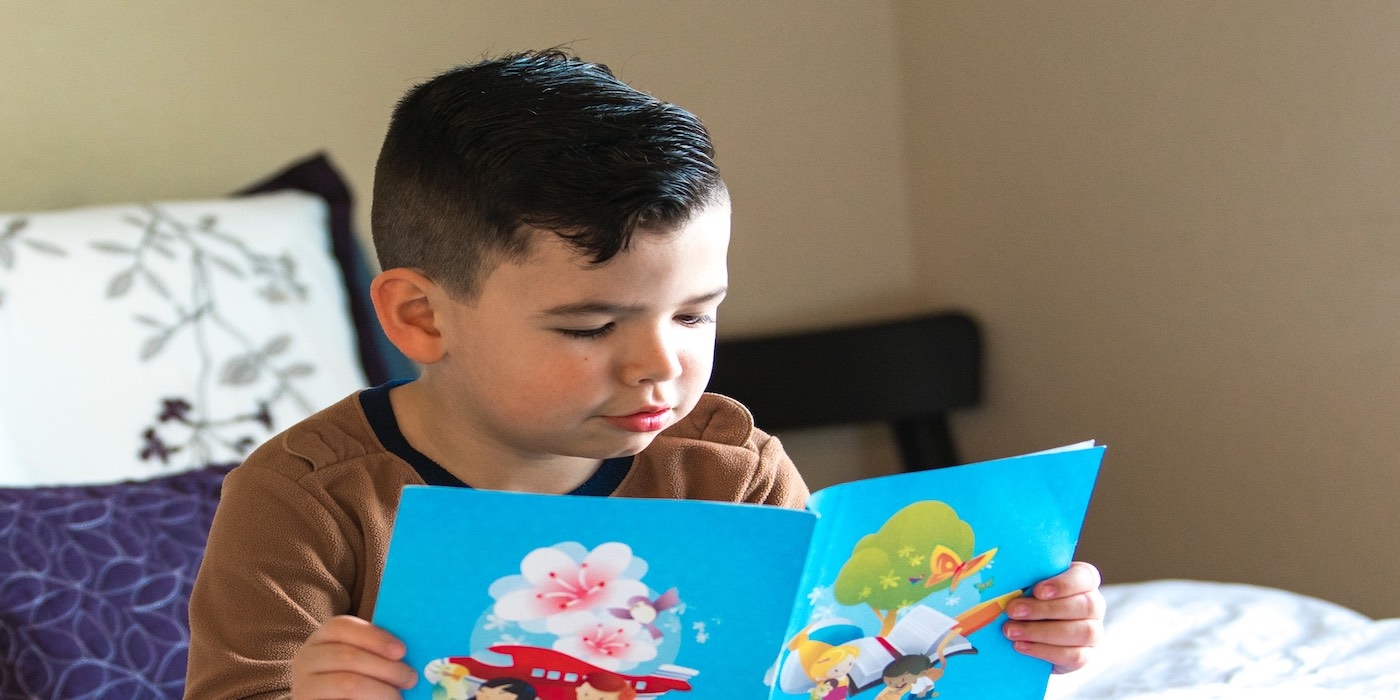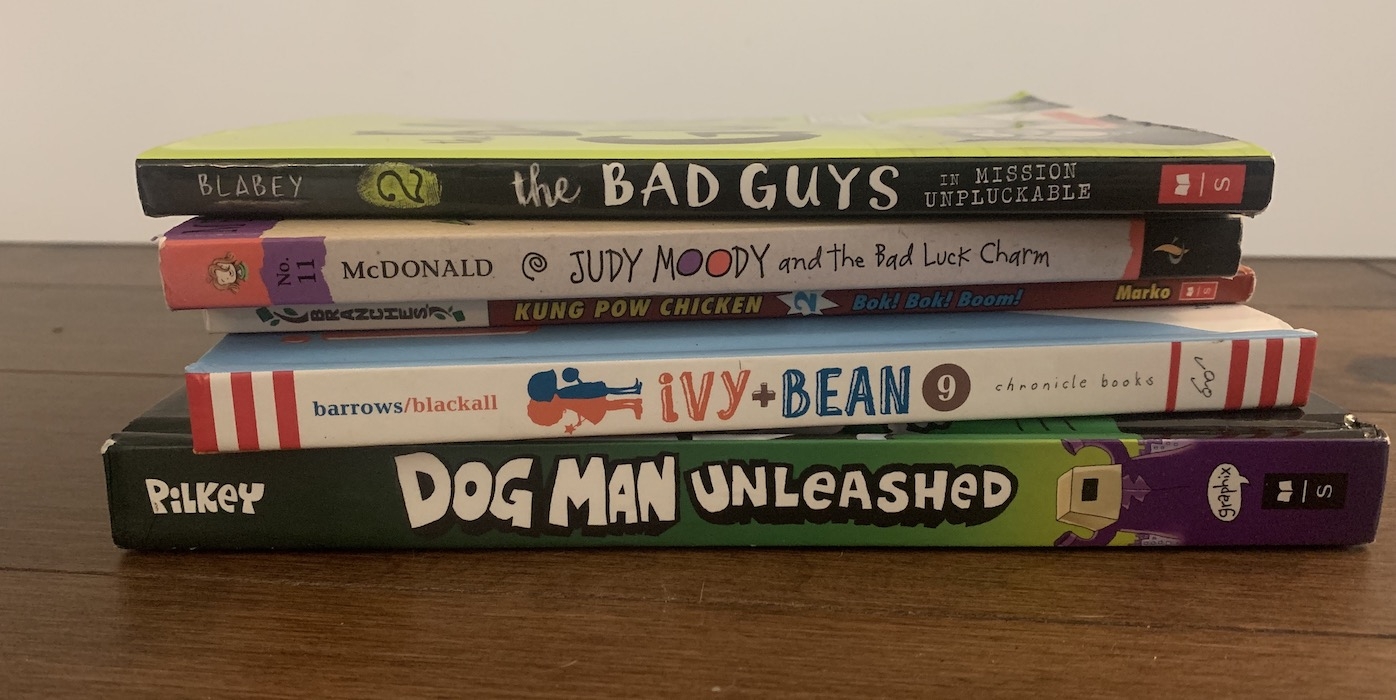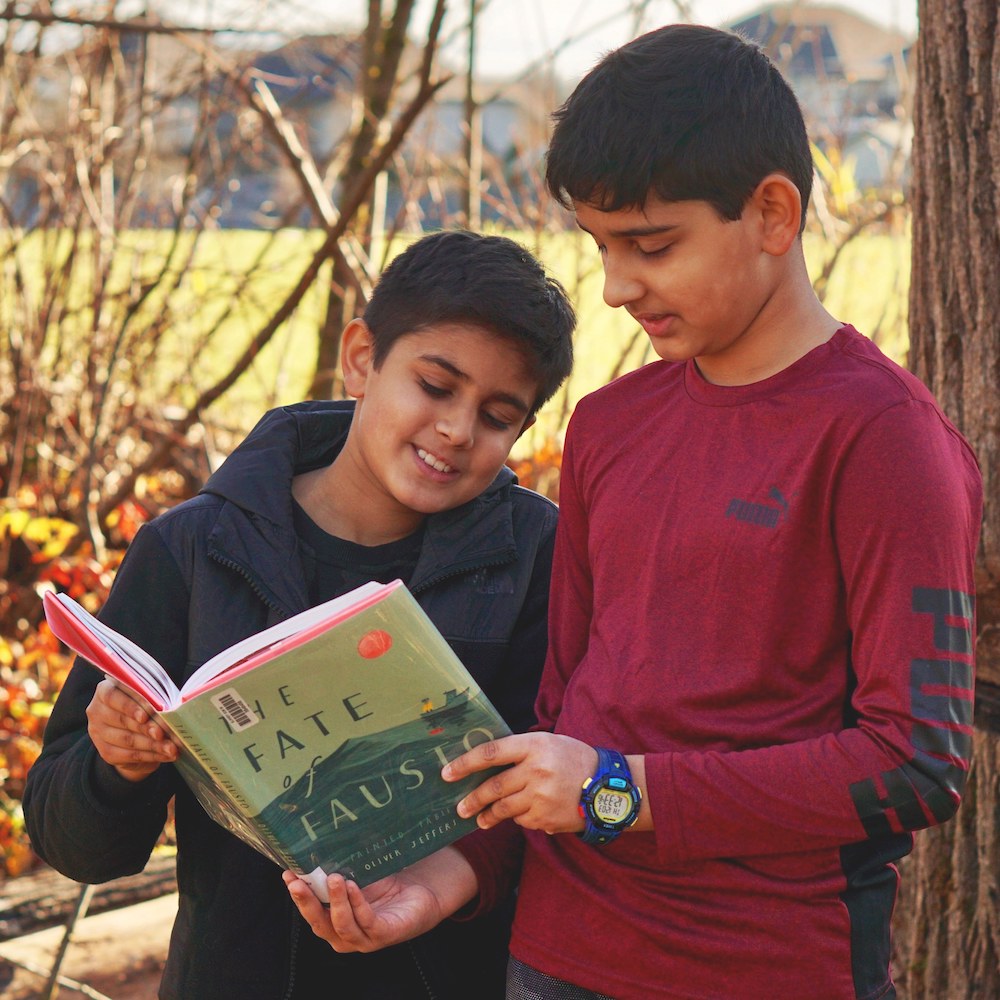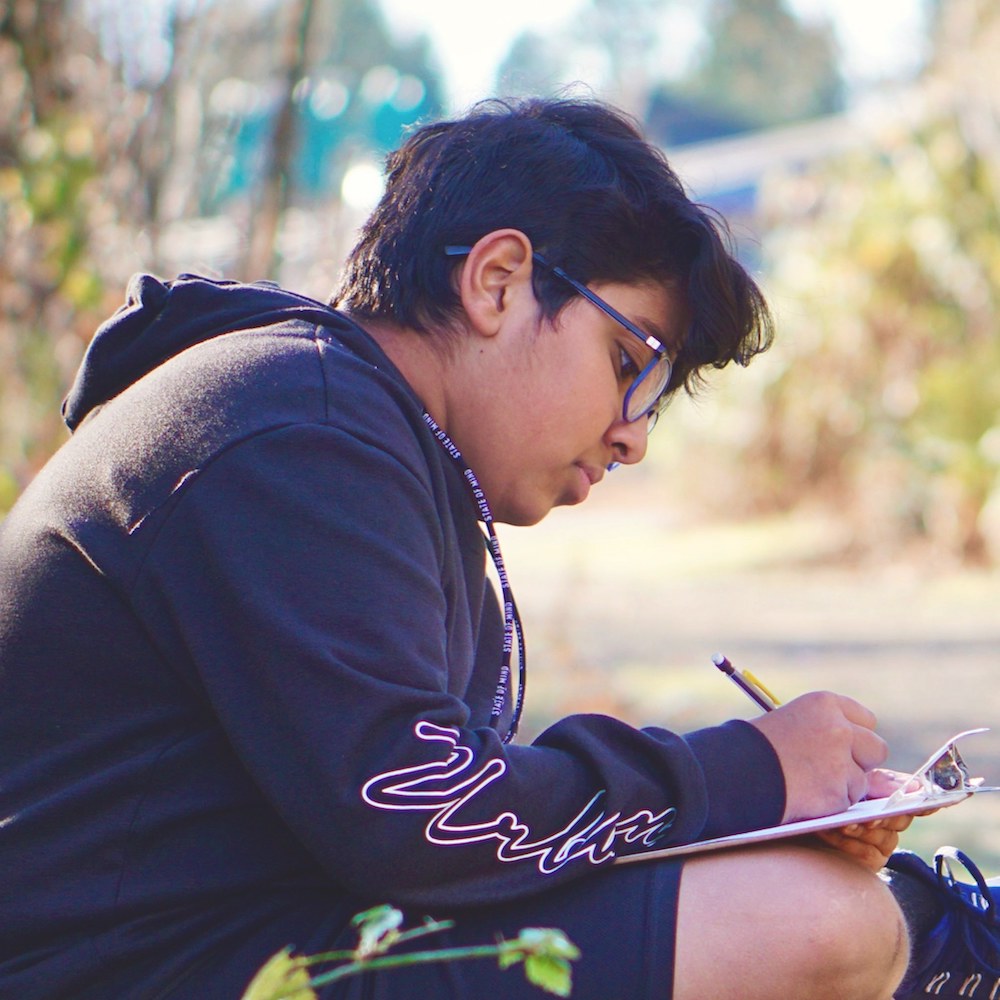What is Independent Reading?
Independent reading provides space and time for students to read, or re-read materials of their choice from a wide variety of offerings for the pure joy of reading. This is a daily scheduled block of uninterrupted reading without assignments, reports or comprehension checks. Emergent readers should spend some of this time engaged in text they can read accurately, as well as exploring texts selected based on personal interest.
Why?
Johnson & Keier (2010) explain that “if children are not spending a significant portion of their day engaged in texts that allow them to practice the strategies we are modeling, then we cannot possibly expect them to take on these strategies and use them independently” (Source: "Catching Readers Before they Fall", p. 90).
Independent reading practice builds fluency through practice of the skills and strategies introduced during read-alouds, shared reading and coached reading instruction. By selecting the books they wish to read, students experience higher motivation and engagement and are more likely to view reading as enjoyable.
During Independent Reading:
| Teachers are... | Learners are... |
|---|---|
| providing time daily and access to a variety of texts | reading a combination of "read-all-the-words" books (accurately) and "read-in-other-ways" books (range of reading material) |
| co-constructing criteria of what independent reading looks, sounds and feels like | co-constructing criteria of what independent reading looks, sounds and feels like |
| conferring with readers (individual and small group) | building reading stamina through daily uninterrupted opportunities to read |
| booking talking or supporting book selection | book talking with other readers |
| connecting emergent readers with texts aligned to the phonics skills they are practicing and mastering | leaning on print and meaning-based processes and strategies to comprehend their reading |
























